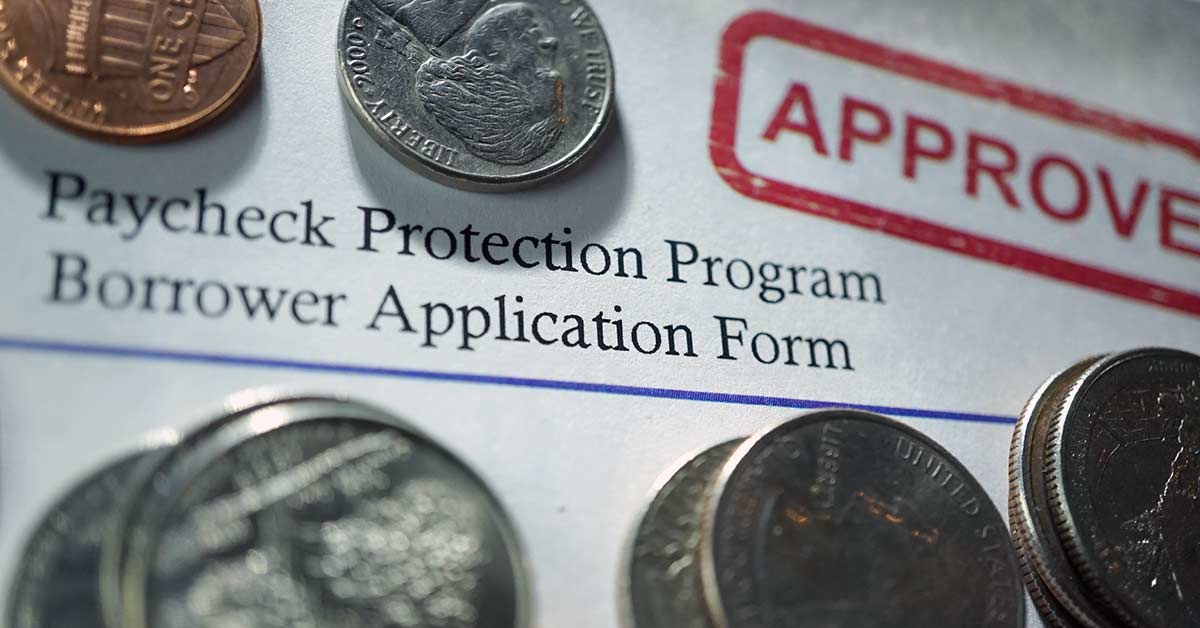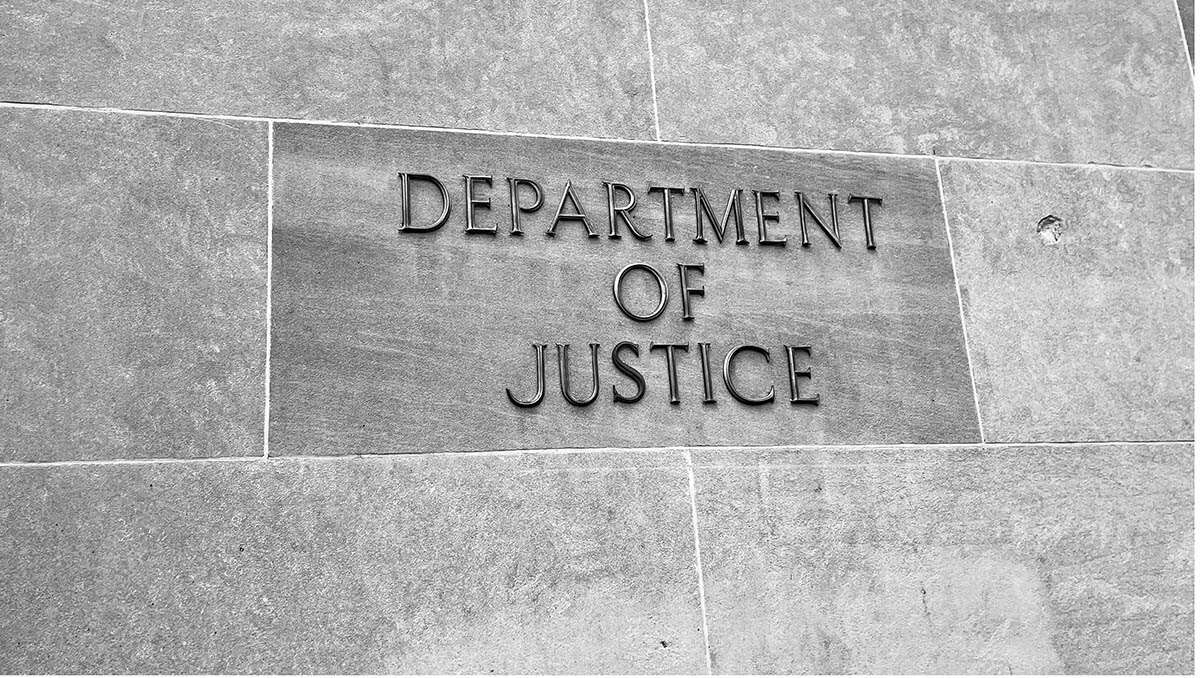UPDATE: The Corporate Transparency Act May Still Apply to You
On March 1, a district court judge ruled that the Corporate Transparency Act (CTA) is unconstitutional. However, his decision applied only to the...
3 min read
 Alex Helkamp, CPA, CCIFP
:
June 17, 2020
Alex Helkamp, CPA, CCIFP
:
June 17, 2020

UPDATED: June 18, 2020 - The SBA recently issued additional guidance regarding the Paycheck Protection Program (PPP), along with a revised loan forgiveness application and instructions. Click here for the revised application and here for the revised instructions.
The new guidance and loan forgiveness application/instructions includes the following highlights:
The SBA also issued an EZ application and instructions, which is a simplified application available to borrowers if certain requirements are met. Click here for the EZ application and here for the EZ instructions.
Please note that, based upon this new guidance and revised loan forgiveness application and instructions, updates have also been made to the originally published information below.
On Friday, June 5, President Trump signed a modification of the Paycheck Protection Program (PPP) into law that the Senate passed June 3, and the House passed last week. This legislation provides much-needed relief to small businesses regarding loan forgiveness.
The Bill generally extends the covered period from 8 weeks to 24 weeks. Under the new provision, the covered period ends the earlier of 24 weeks after loan origination, or December 31, 2020.
This extension provides significant relief for loan recipients that wouldn’t be able to use all their loan proceeds on eligible costs in the 8-week covered period. However, anyone that received a loan before the enactment of the new Bill can elect to use an 8-week covered period, if desired.
The SBA previously issued guidance requiring 75% of PPP loan proceeds be used toward payroll costs. The new Bill eases this requirement to 60%. Up to 40% of the loan can be used toward interest on covered mortgage obligations (excluding prepayments), covered rent obligations, or covered utility payments. The Bill states that at least 60% of loan proceeds must be used on payroll costs for the borrower to be eligible for loan forgiveness. However, new SBA guidance provides that forgiveness will only be reduced, not eliminated, if borrowers don’t meet the 60% threshold.
Under the CARES Act, employers are generally allowed to defer the employer share of Social Security taxes (6.2%) for deposits due between March 27, 2020 and December 31, 2020. The deferred tax is then required to be paid in two equal installments on December 31, 2021 and December 31, 2022. However, PPP loan recipients were only eligible for this deferral up to the date they received a decision that all or a portion of the loan would be forgiven. The new Bill removes this exception and allows PPP loan recipients to defer the employer payroll taxes through the end of the year, regardless of whether they claim loan forgiveness.
Under the CARES Act, loan forgiveness is generally reduced in proportion to an employer’s workforce/wage reductions during the covered period. There is a safe harbor in place for loan recipients to escape this provision which applied if the workforce/wage reductions occurred between February 15, 2020, and April 26, 2020—and the employer restored their workforce/wages by June 30, 2020. The new Bill extends the safe harbor period through December 31, 2020.
Borrowers must restore employment/wages by the earlier of the date of the application, or December 31, 2020, to maximize loan forgiveness. Employers that are relying on this safe harbor to maximize forgiveness may now need to wait until year-end to determine loan forgiveness and submit the application.
The new Bill provides additional loan forgiveness reduction exemptions for employers that have reduced their workforce. The exemptions apply if, during the period beginning on February 15, 2020, and ending on December 31, 2020, the employer can document in good faith one of the following:
The new Bill also extends the maturity date for PPP loans made on or after June 5th (to the extent not forgiven) from 2 years to 5 years. Borrowers and lenders can extend the maturity date of PPP loans made prior to June 5th by mutual agreement. Additionally, the deferral period to begin loan repayments has been extended from 6 months to 10 months after the last day of the covered period. The interest rate on loans remains at 1%.
We are keeping a close lookout for new developments that matter to your bottom line. In the meantime, consider utilizing our compilation of resources to maintain your financial health.

On March 1, a district court judge ruled that the Corporate Transparency Act (CTA) is unconstitutional. However, his decision applied only to the...

Bookkeeping is strategically important for every business because financials form the foundation for daily operations and future planning....

In a decision issued March 1, 2024, U.S. District Court Judge Liles Burke ruled that the Corporate Transparency Act (CTA) is unconstitutional....